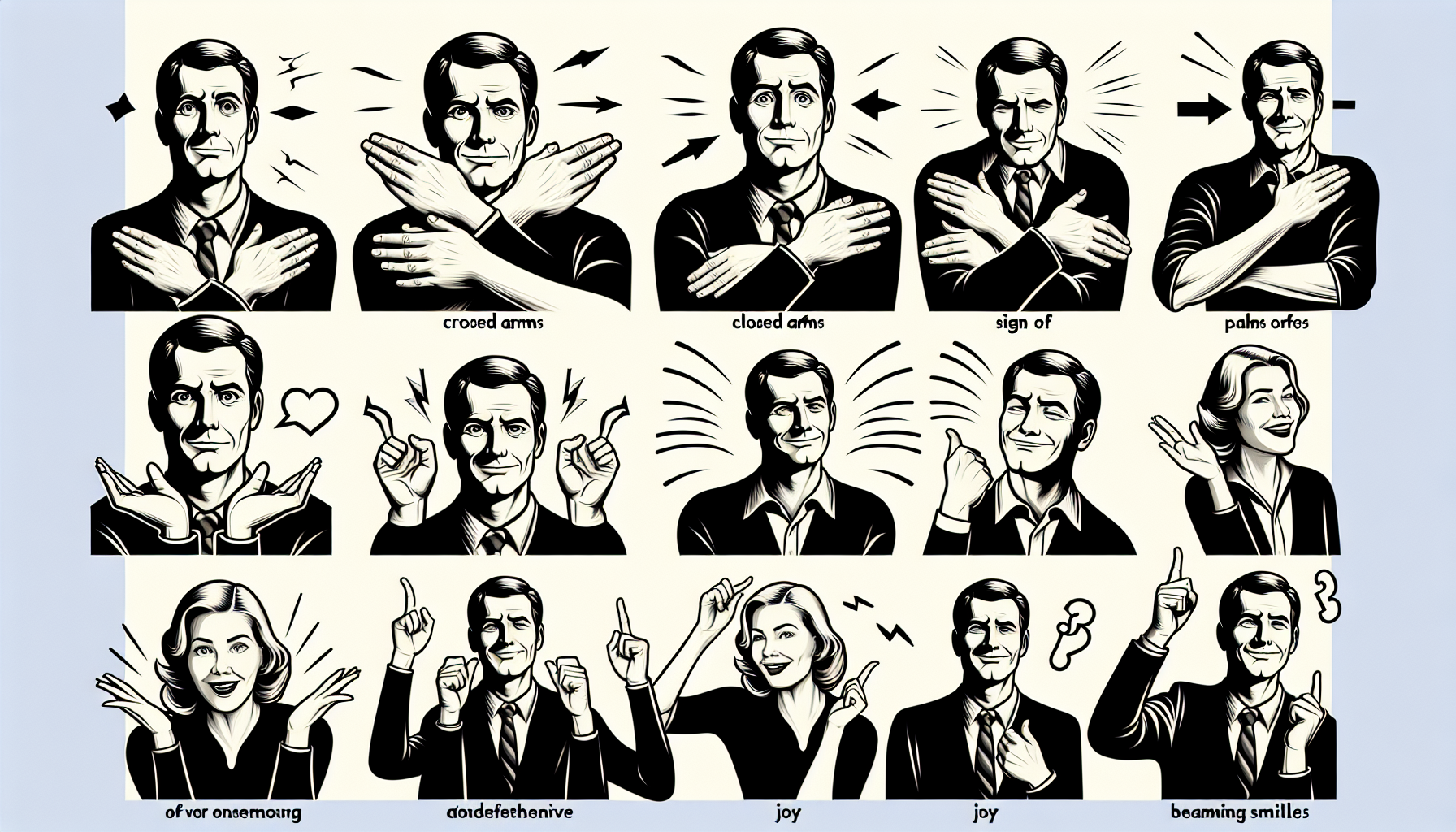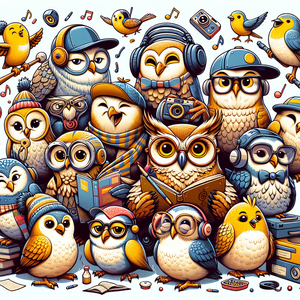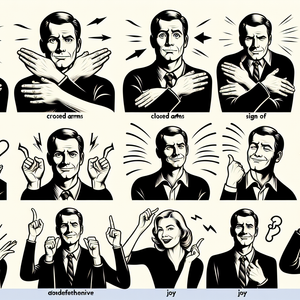The Power of Online Communities for Aspiring UI/UX Designers

The internet is home to numerous online communities that cater to aspiring UI/UX designers. These include forums, social media groups, and dedicated platforms like Dribbble and Behance, where designers can showcase their work and receive feedback. Additionally, platforms like Slack and Discord host channels specifically for design discussions, allowing members to share resources, ask questions, and engage in real-time conversations.
Forums and Discussion Boards
Websites like Reddit and Designer Hangout offer ideal spaces to immerse oneself in the UI/UX community. Subreddits such as r/UserExperience and r/UI_Design are filled with discussions about best practices, industry trends, and personal experiences. These forums provide a space for both novices and experienced designers to exchange ideas, critique each other's work, and share job postings—creating a supportive environment for growth. For instance, a user might post their latest design project seeking feedback, and within hours, receive constructive critiques that can help refine their skills.
Social Media Groups
Platforms like Facebook and LinkedIn host numerous groups dedicated to UI/UX design. These groups often feature members who are willing to mentor newcomers, answer questions, and provide insights based on their own experiences. Engaging with these communities allows aspiring designers to connect with industry veterans who can offer advice and potentially refer them to job opportunities. For example, a designer might join a LinkedIn group focused on UX design, where they can participate in discussions, ask for portfolio reviews, and even learn about job openings shared exclusively within the group.
Mentorship Opportunities
One of the standout advantages of online communities is the access to mentorship. Many experienced designers are eager to give back to the community by offering guidance to newcomers. Platforms like ADPList and MentorCruise connect aspiring designers with mentors who can provide personalized feedback on portfolios, critique design work, and share insights about navigating the industry. This mentorship can be crucial for those who may lack formal education in design, as it allows them to learn from seasoned professionals.
Success Stories
Consider the story of Jane, a former marketing professional who transitioned into UI/UX design with no formal training. By joining a Facebook group dedicated to UI/UX design, she began engaging with other members, asking questions, and sharing her work. Through these interactions, she found a mentor who guided her in building her portfolio and preparing for interviews. Within a year, she secured a junior designer position at a tech startup. Jane's story is just one of many examples of how online communities can catalyze successful career transitions. Similarly, many designers attribute their first job offers to connections made within these groups, emphasizing the importance of networking and community engagement.
Learning and Skill Development
Online communities also serve as excellent platforms for learning. Many groups share resources such as articles, tutorials, and webinars, which can help aspiring designers gain essential skills. For instance, the UX Design Community on Slack frequently hosts webinars led by industry experts, covering topics from user research methods to prototyping techniques. Participating in these learning opportunities can accelerate skill development and keep newcomers updated on the latest industry trends. Additionally, many members share their own experiences with various design tools, providing insights into which resources might be most beneficial for beginners.
Challenges and Considerations
While online communities offer immense value, it is essential for newcomers to approach them with discernment. Not every piece of advice or feedback may be constructive or applicable to an individual’s situation. Aspiring designers should seek out reputable sources and use critical thinking when applying advice from the community. Additionally, the sheer volume of information can be overwhelming, making it crucial to focus on specific areas of interest and set achievable learning goals. For instance, a newcomer could focus on mastering a particular design tool before diving into broader topics like user research.
In conclusion, online communities are a powerful resource for aspiring UI/UX designers looking to break into the field without prior experience. By engaging with forums, social media groups, and mentorship programs, newcomers can gain insights, build connections, and enhance their skills. The success stories of individuals who have leveraged these platforms serve as inspiration, proving that with the right support and resources, anyone can embark on a rewarding career in UI/UX design. As the digital landscape continues to evolve, these communities will undoubtedly play a pivotal role in shaping the next generation of designers. Whether you are just starting or looking to refine your skills, tapping into these online networks can be the key to unlocking new opportunities in the ever-evolving world of UI/UX design.
Junior UI/UX Designer
Tech startups, digital agencies, and e-commerce companies
Core Responsibilities
Assist in the creation of wireframes, prototypes, and high-fidelity mockups under the guidance of senior designers.
Conduct user research and usability testing to gather feedback and improve designs.
Collaborate with cross-functional teams to ensure a seamless user experience across platforms.
Required Skills
Proficiency in design tools such as Sketch, Figma, or Adobe XD.
Basic understanding of user-centered design principles and methodologies.
Strong communication skills for presenting design ideas and collaborating with team members.
UX Researcher
Large tech companies, design consultancies, and research firms
Core Responsibilities
Design and execute user research studies to gather insights and inform design decisions.
Analyze qualitative and quantitative data to identify user needs and behaviors.
Present research findings to stakeholders and contribute to product strategy.
Required Skills
Experience with tools like UserTesting, Optimal Workshop, or Google Analytics.
Strong analytical skills with the ability to synthesize complex data into actionable insights.
Familiarity with both qualitative and quantitative research methodologies.
Product Designer
Software companies, consumer product brands, and startups
Core Responsibilities
Lead the design process from concept to implementation, ensuring a cohesive user experience.
Collaborate closely with product managers, engineers, and marketing teams to align on product vision.
Iterate on designs based on user feedback and usability testing results.
Required Skills
Proficiency in design and prototyping tools, such as Adobe Creative Suite and InVision.
Strong understanding of interaction design principles and visual design.
Ability to balance user needs with business goals and technical constraints.
UI/UX Design Intern
Design studios, tech companies, and educational institutions
Core Responsibilities
Support the design team in creating user interfaces for web and mobile applications.
Assist in conducting user interviews and usability testing to gather user feedback.
Participate in brainstorming sessions and contribute to the overall design strategy.
Required Skills
Basic knowledge of design tools like Photoshop, Sketch, or Figma.
Strong willingness to learn and adapt in a fast-paced environment.
Good eye for aesthetics and attention to detail.
Interaction Designer
Tech giants, mobile app developers, and multimedia companies
Core Responsibilities
Develop interactive prototypes and user flows that enhance user engagement and satisfaction.
Collaborate with developers to ensure the feasibility of design concepts.
Test and iterate on designs based on user interactions and feedback.
Required Skills
Expertise in prototyping tools such as Axure, Framer, or Principle.
Strong understanding of user-centered design principles and usability testing.
Excellent problem-solving skills and creativity in design thinking.


